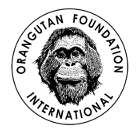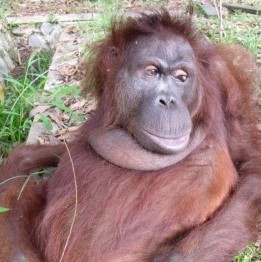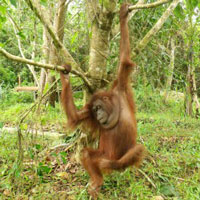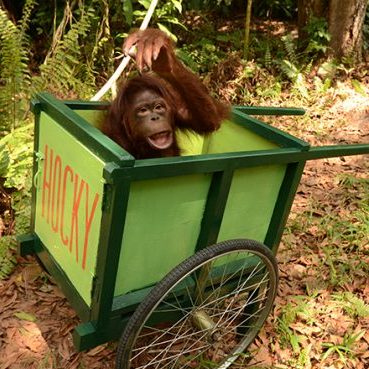Born (estimated) 1993 – Died January 11th, 2011 Hangki was a beautiful and extraordinary orangutan. Her calm and gentle demeanor and her soft voice captured the hearts and minds of many people and made her much loved among the OCCQ staff and volunteers. Hangki was paralyzed from the waist down. Despite her severe disability, this… Continue reading In Memoriam: Hangki
Tag: Hangki
Hangki climbs once again!
As you read the title of this article, the thought might have occurred to you that an orangutan climbing a tree is not really news worthy. We would normally agree; indeed, if we were to write a news item for every time that an orangutan climbs a tree at the Care Center, there would be… Continue reading Hangki climbs once again!
Dr. Galdikas’ Angels
Many good teams are trios. The Three musketeers, Charlie’s Angels, or for you primate fans, Leakey”s Angels. This last “team” consisted of three female primatologists Dr. Louis Leakey encouraged to study wild great apes in the 60’s and 70’s. The African ape ladies.were Jane Goodall and Dian Fossey, while the only ‘Angel’ in Asia was… Continue reading Dr. Galdikas’ Angels
Enrichment: Week II
Hello and welcome back to the OCCQ! There have been many new and exciting enrichment projects this week and I would like to share one of the success stories with you. Sometimes, it is the simplest things that make such a difference in the life of an animal and with that in mind, let’s explore… Continue reading Enrichment: Week II




